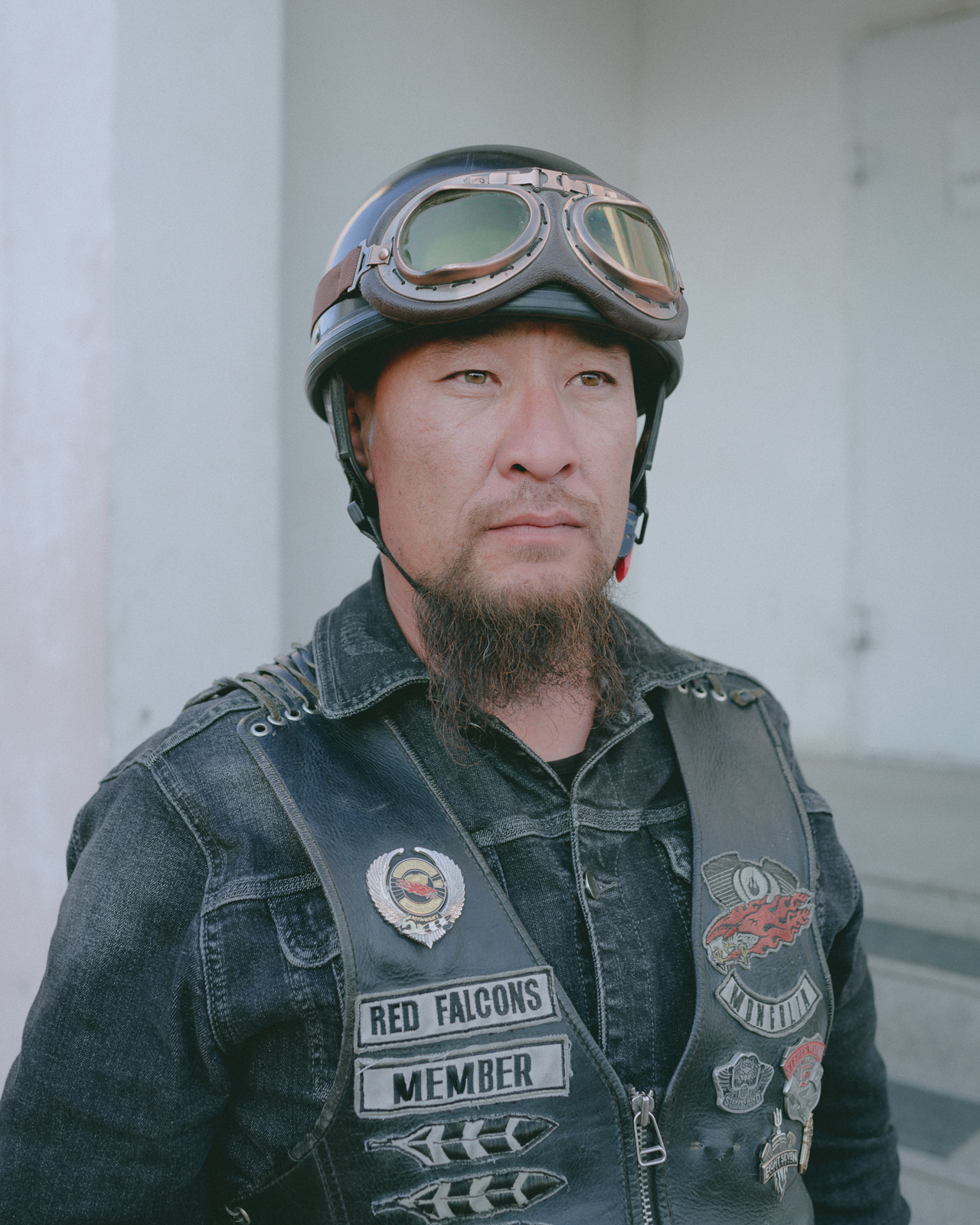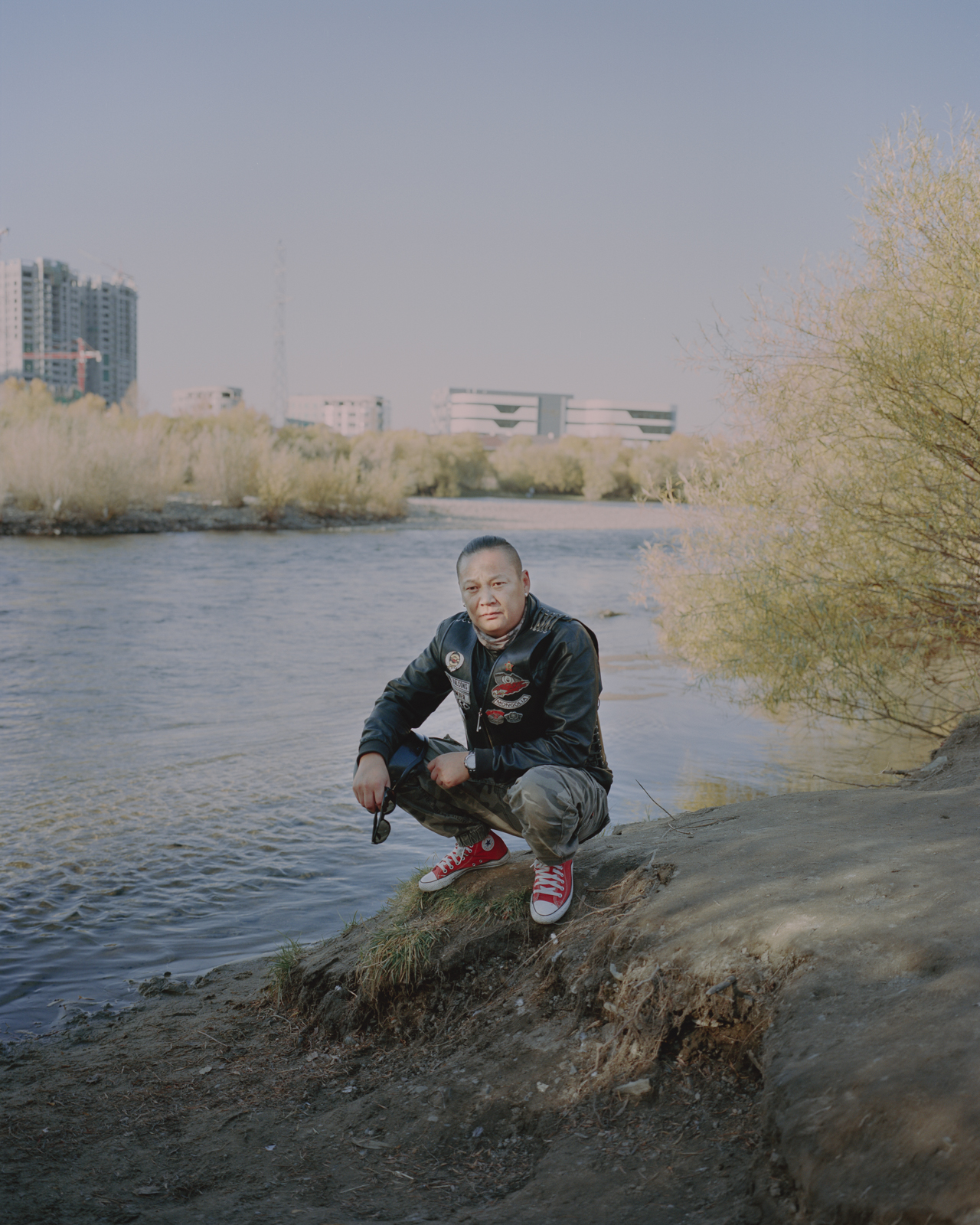Ulaanbaatar Magazine
In September 2019 four of us went to Ulaanbaatar to work on individual photo-essays that question existing stereotypes about the Mongolian capital. Our new limited publication УЛААНБААТАР shows photo-essays whose structure and interplay tell of increasing western influences, the gap between rich and poor, the rural exodus, the construction boom and the related urbanization of Ulaanbaatar.
![]()
![]()


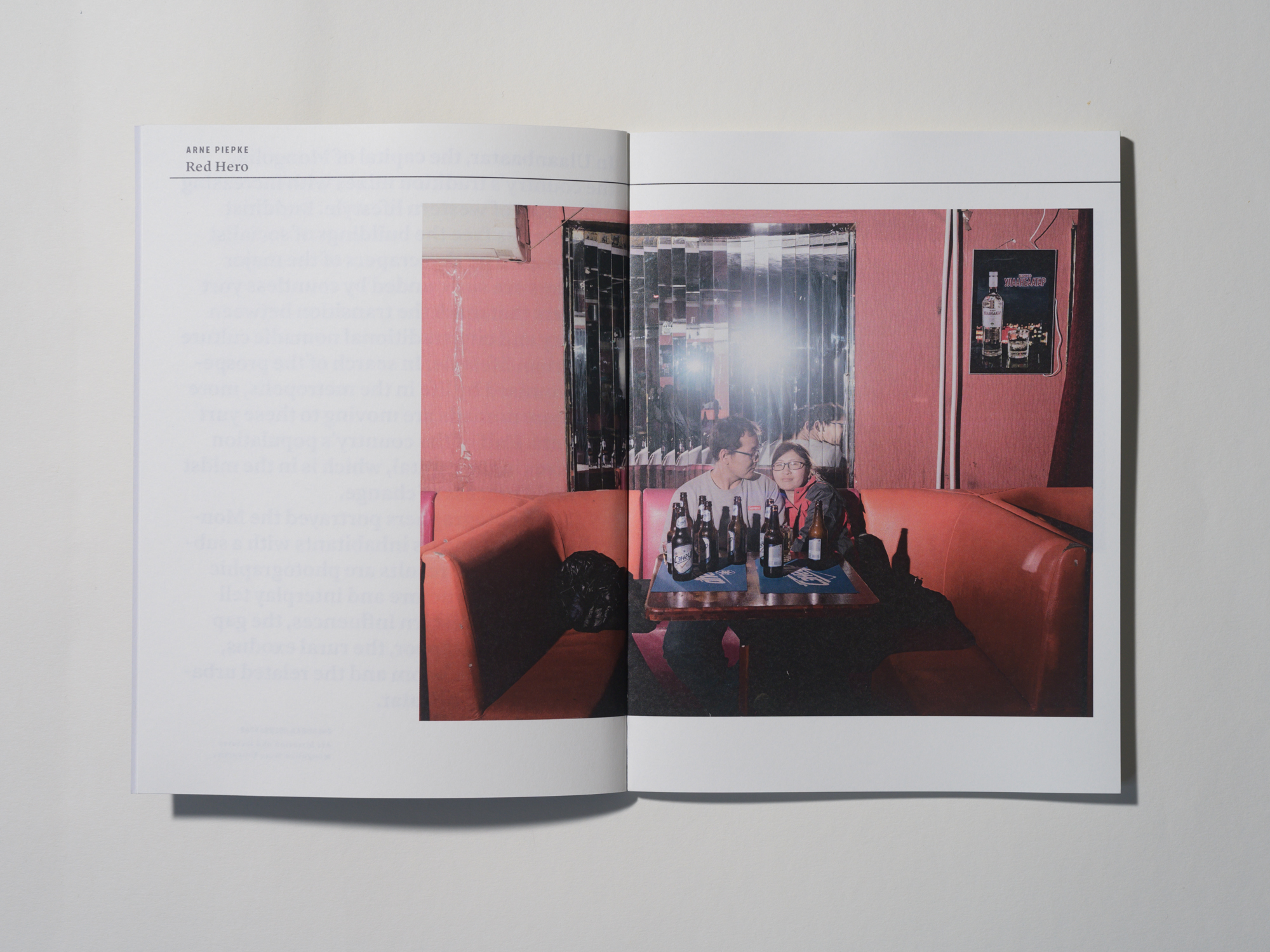
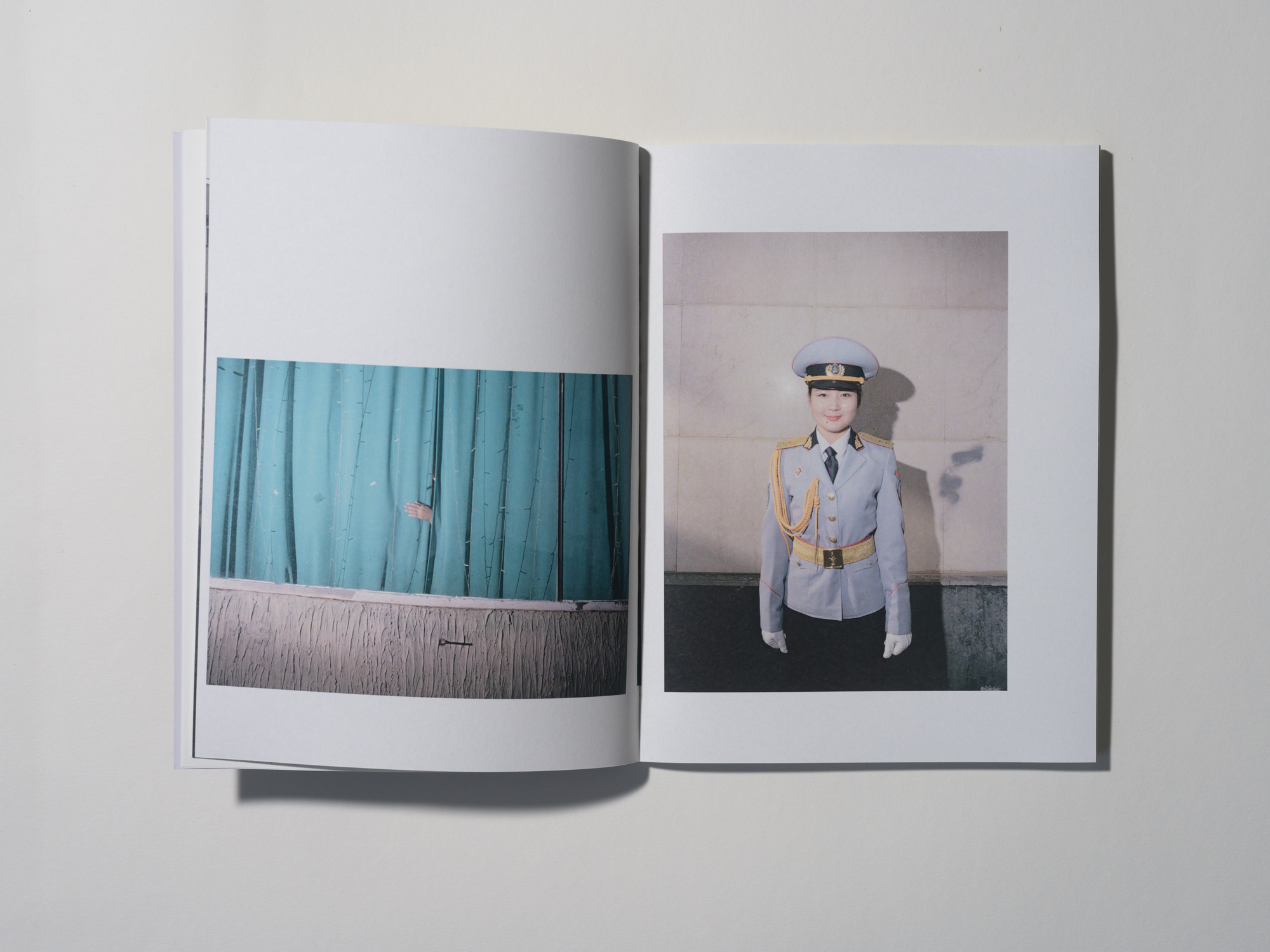

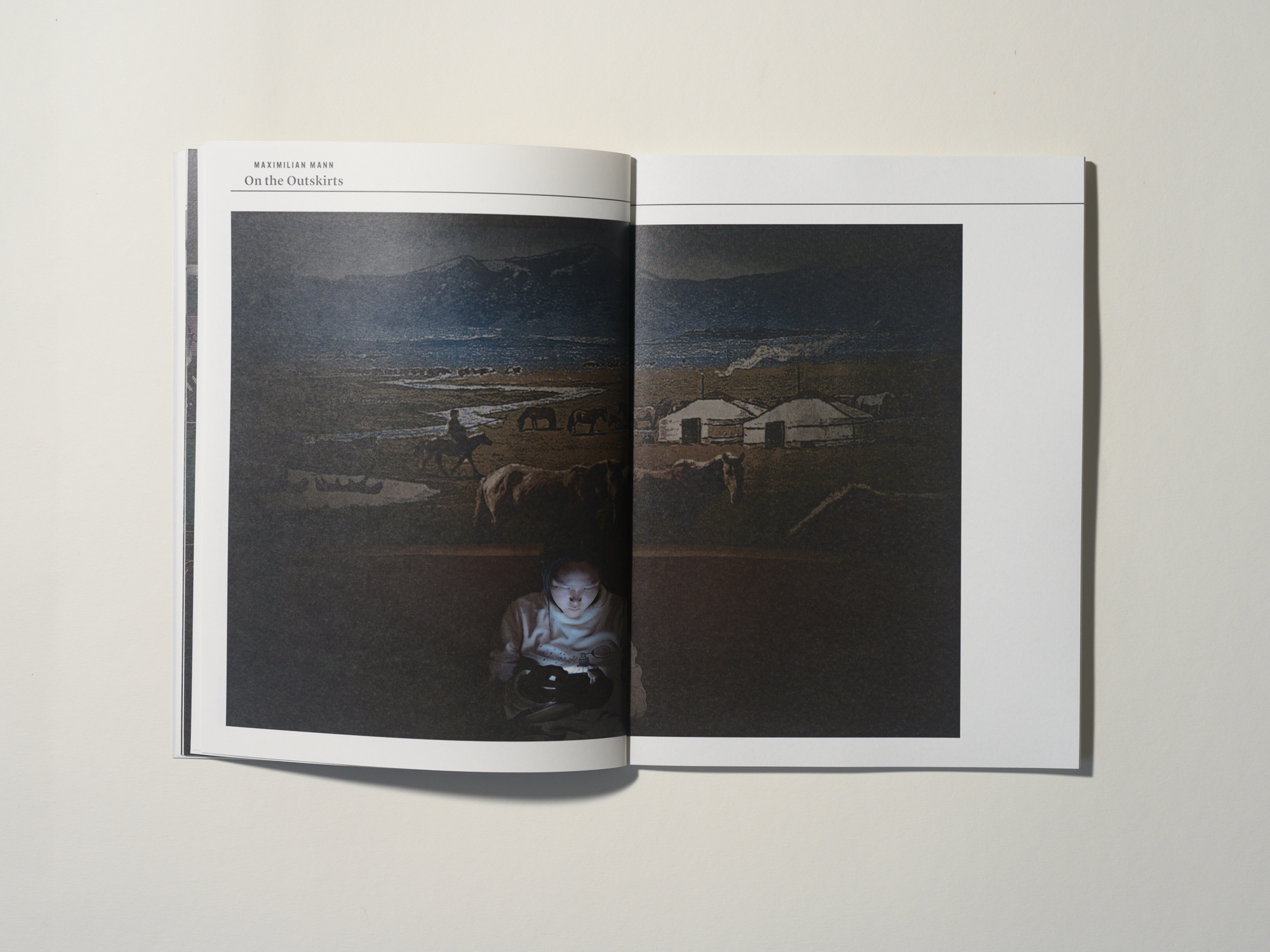
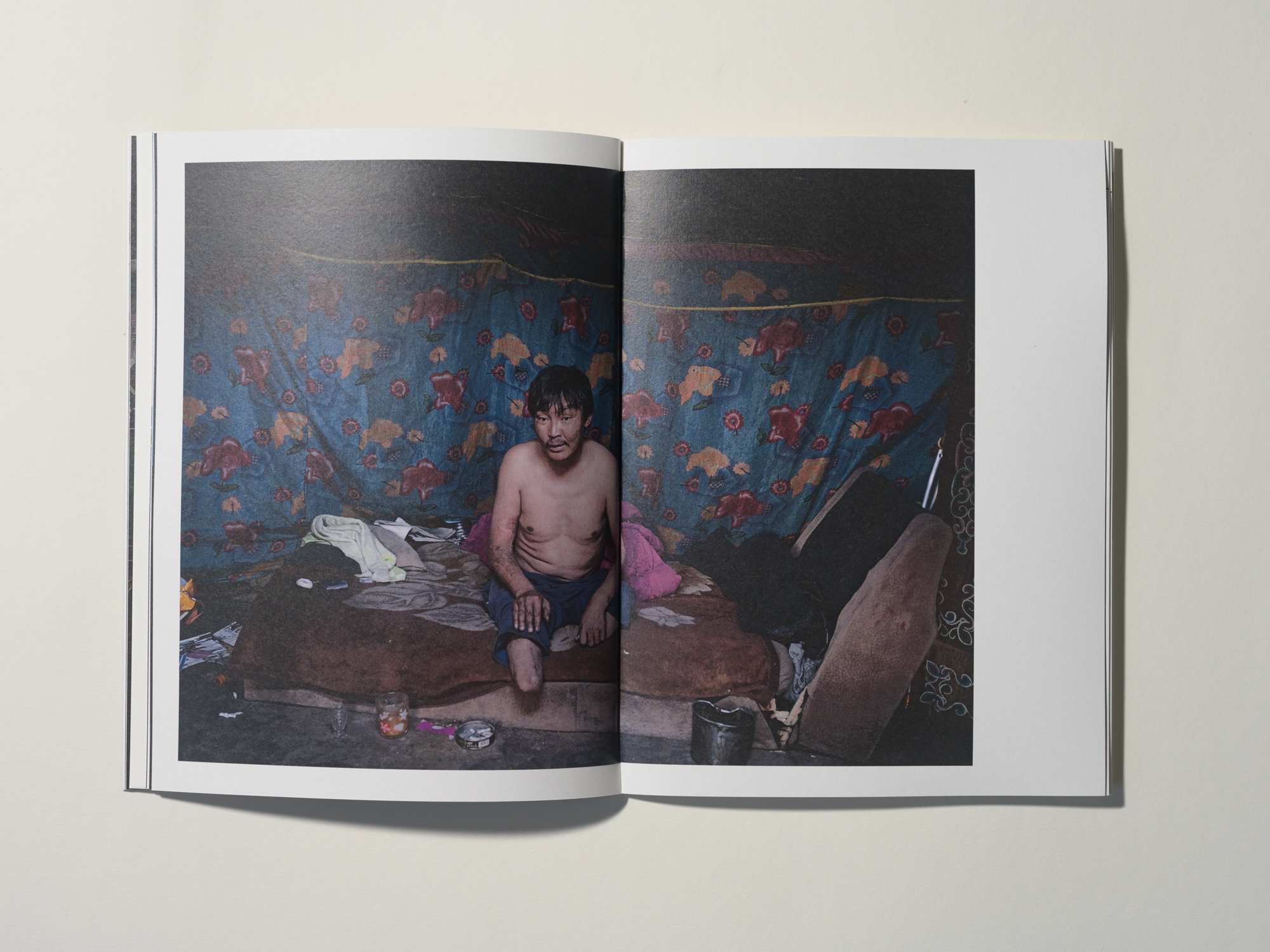
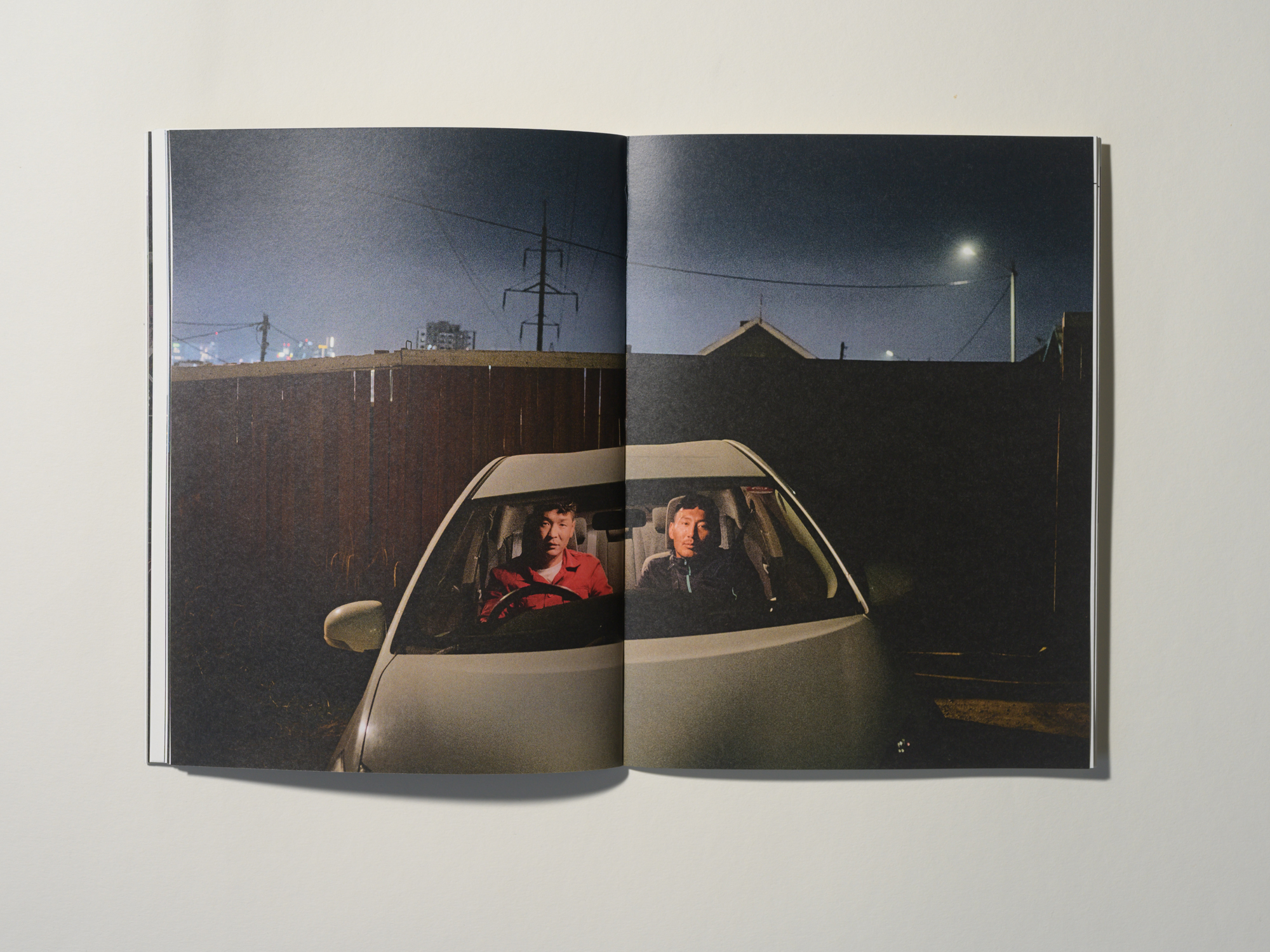

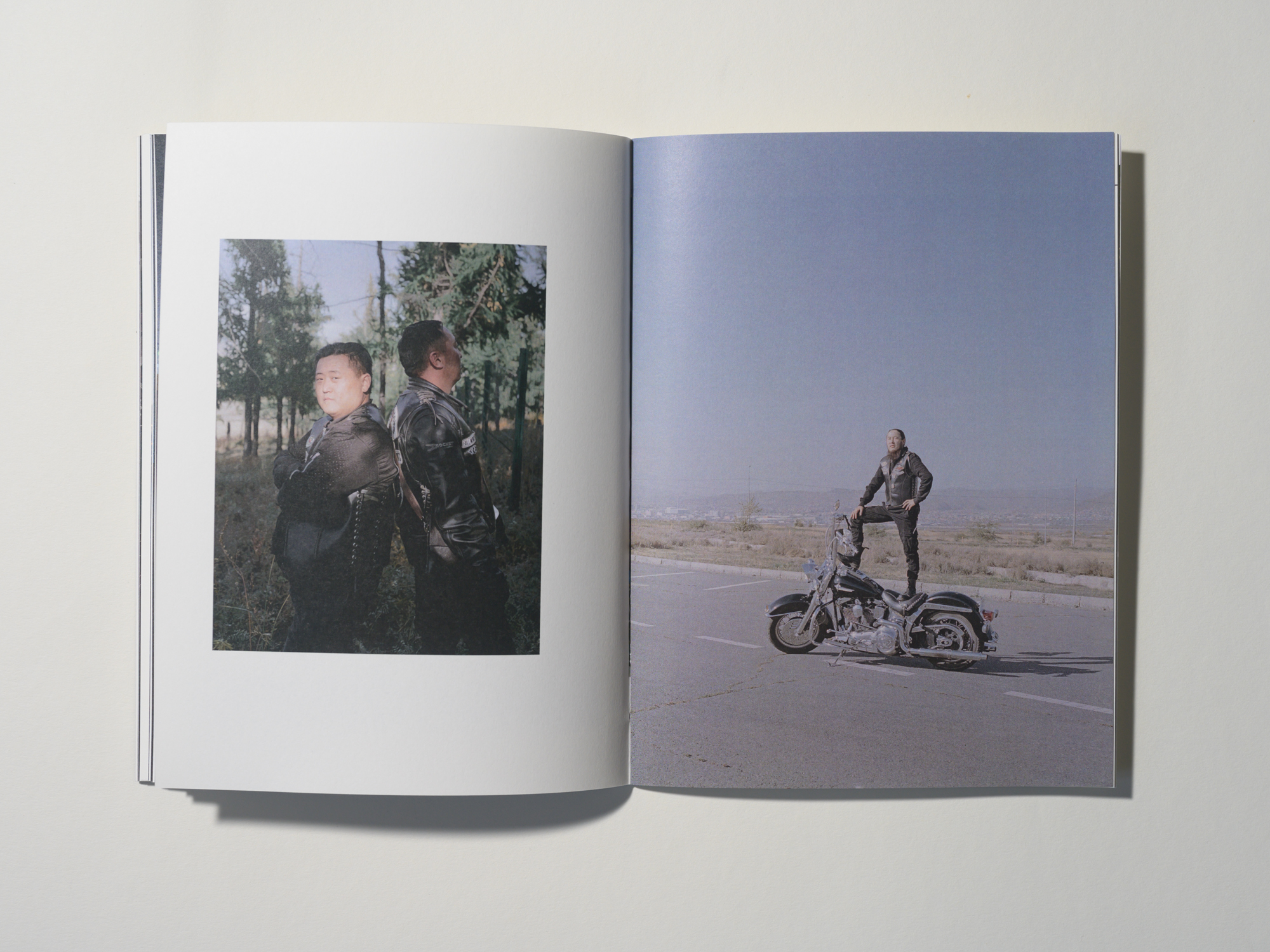

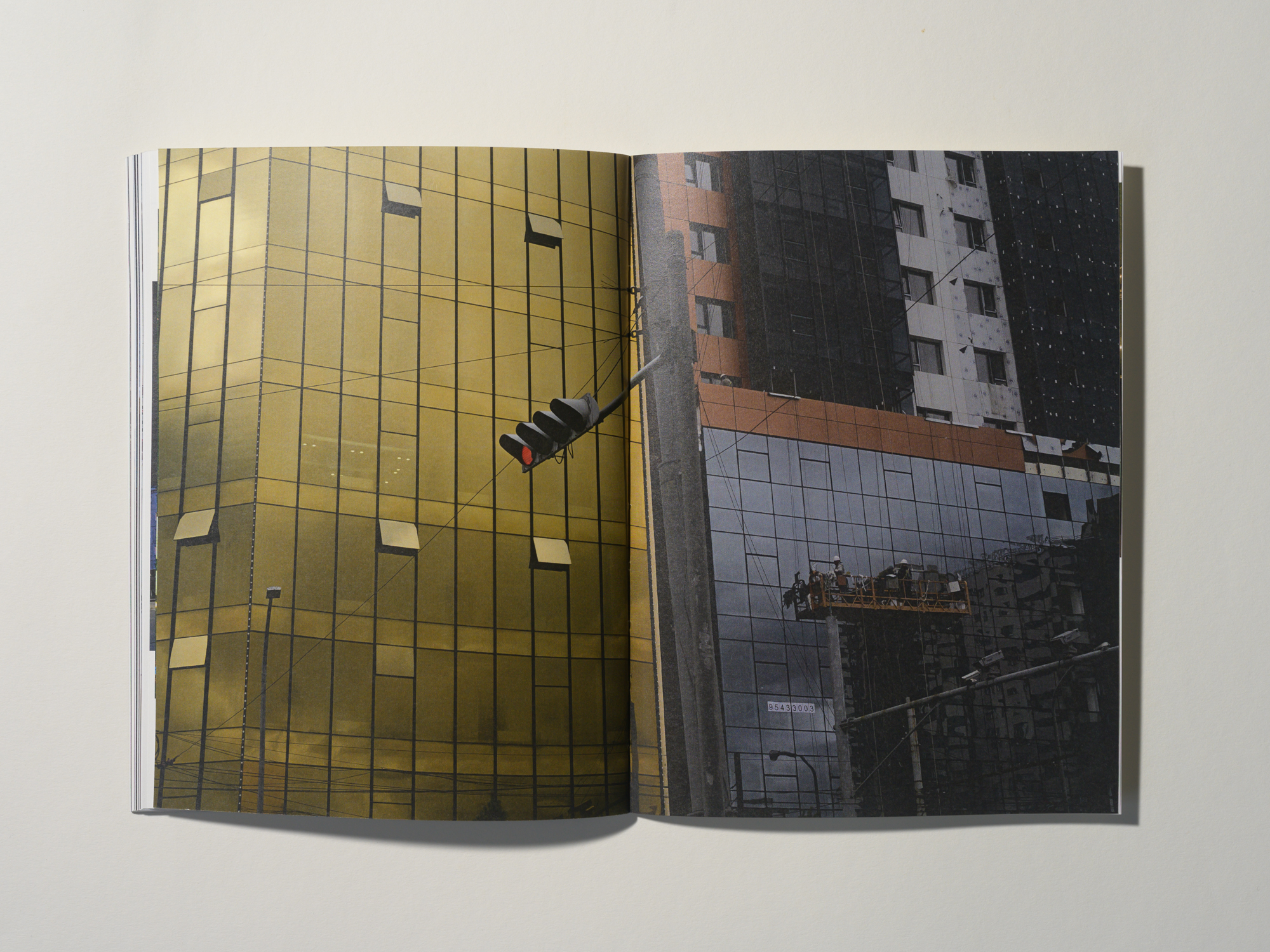

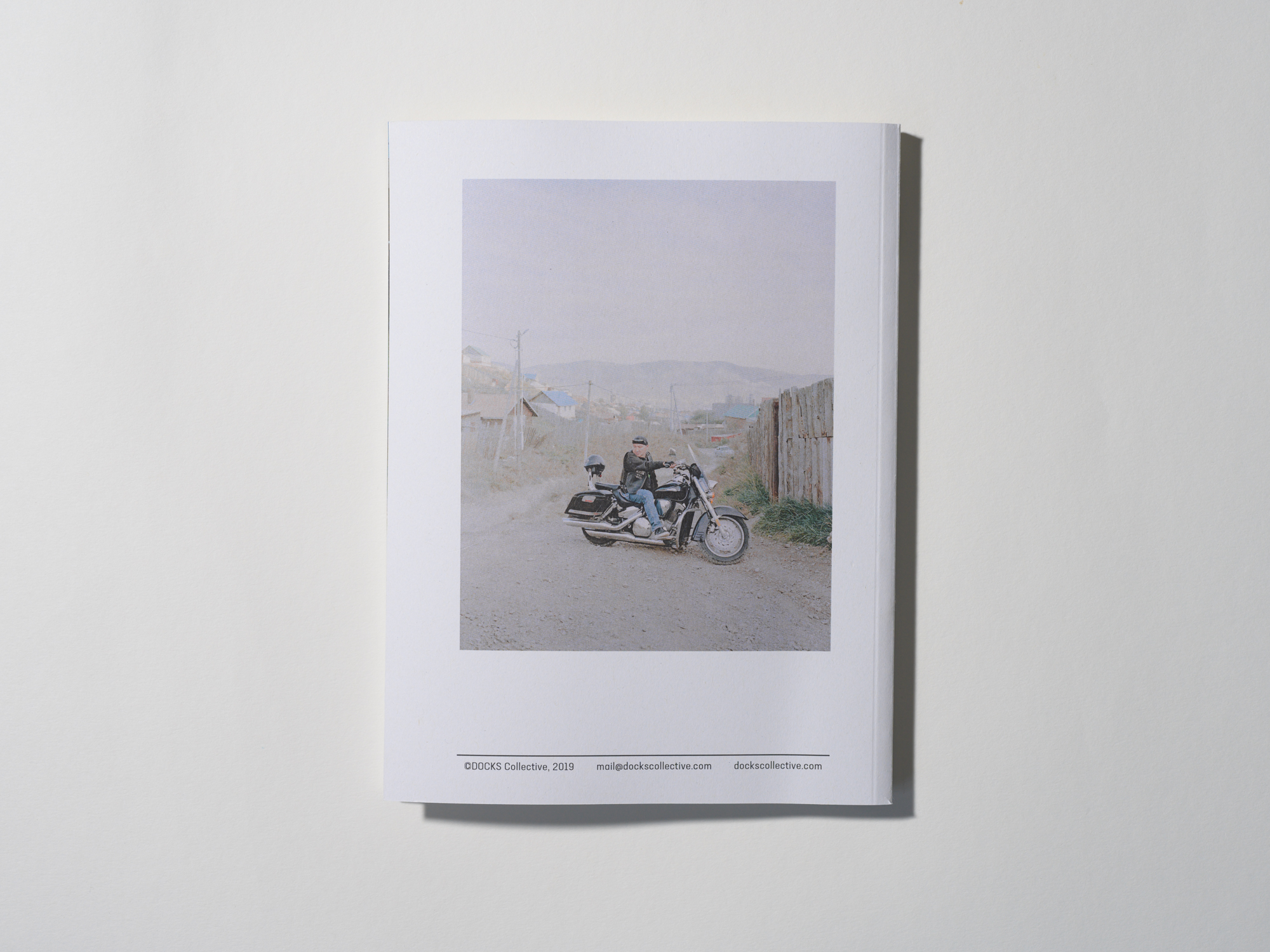
Photo-essays:
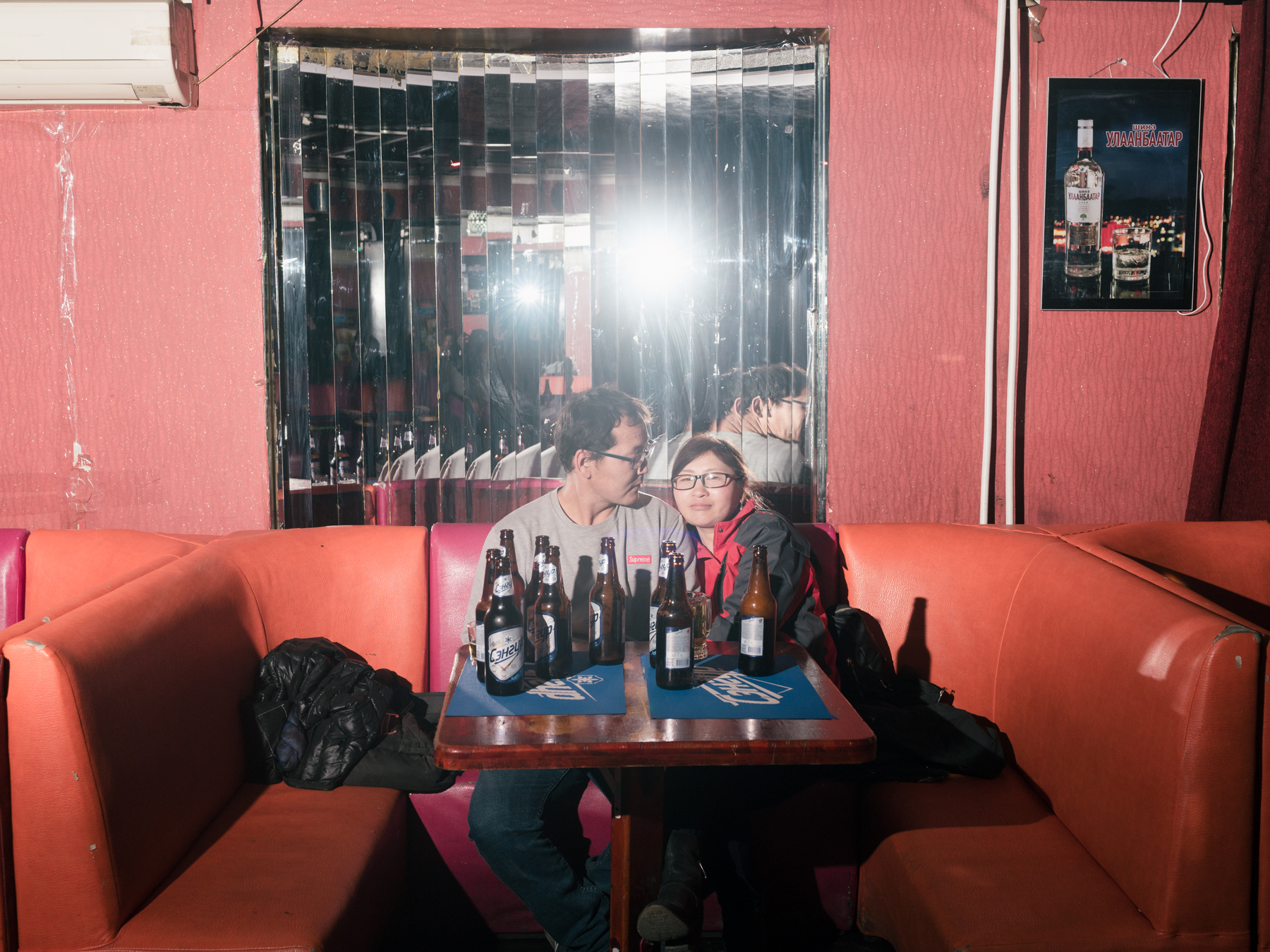

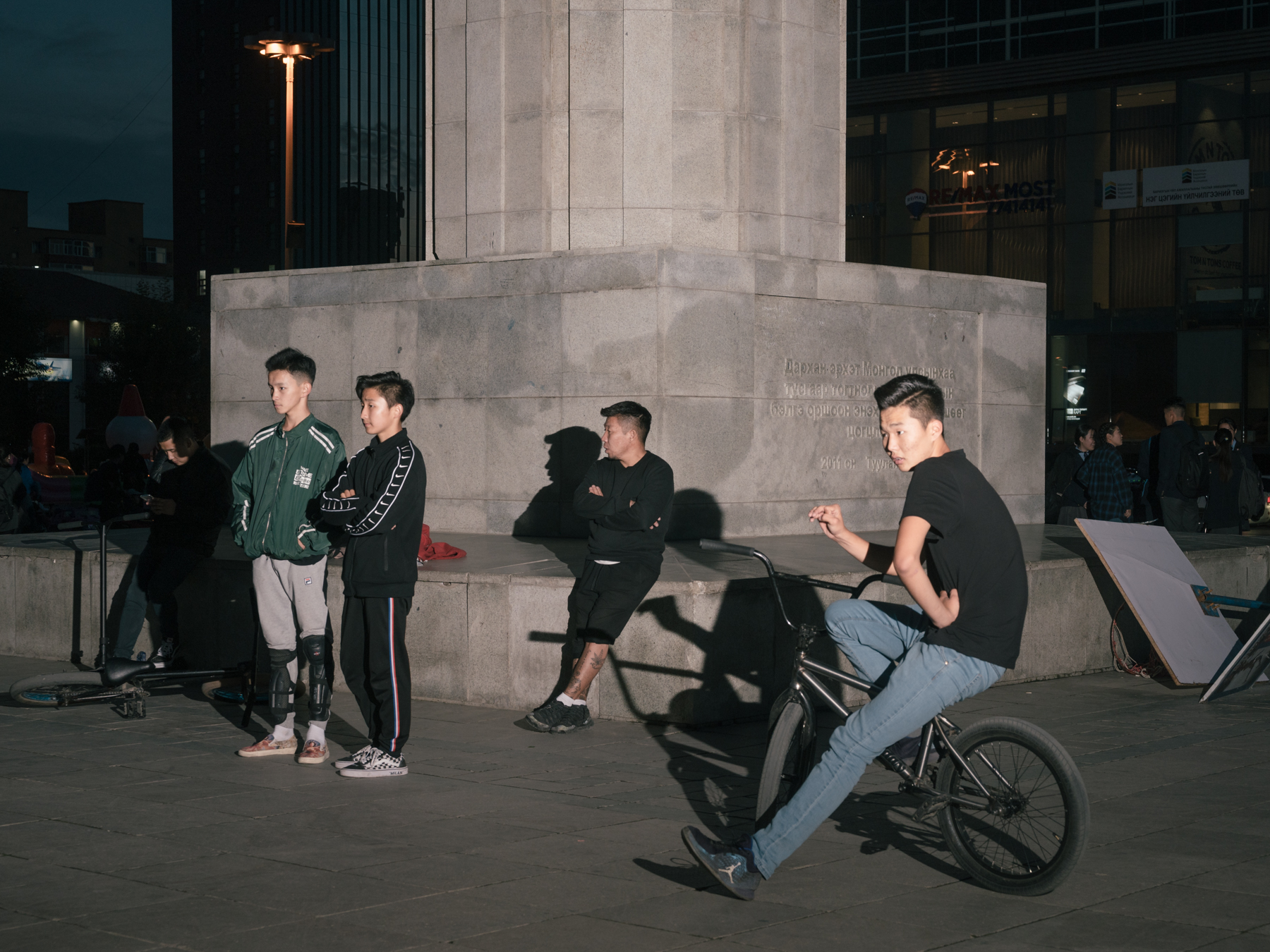

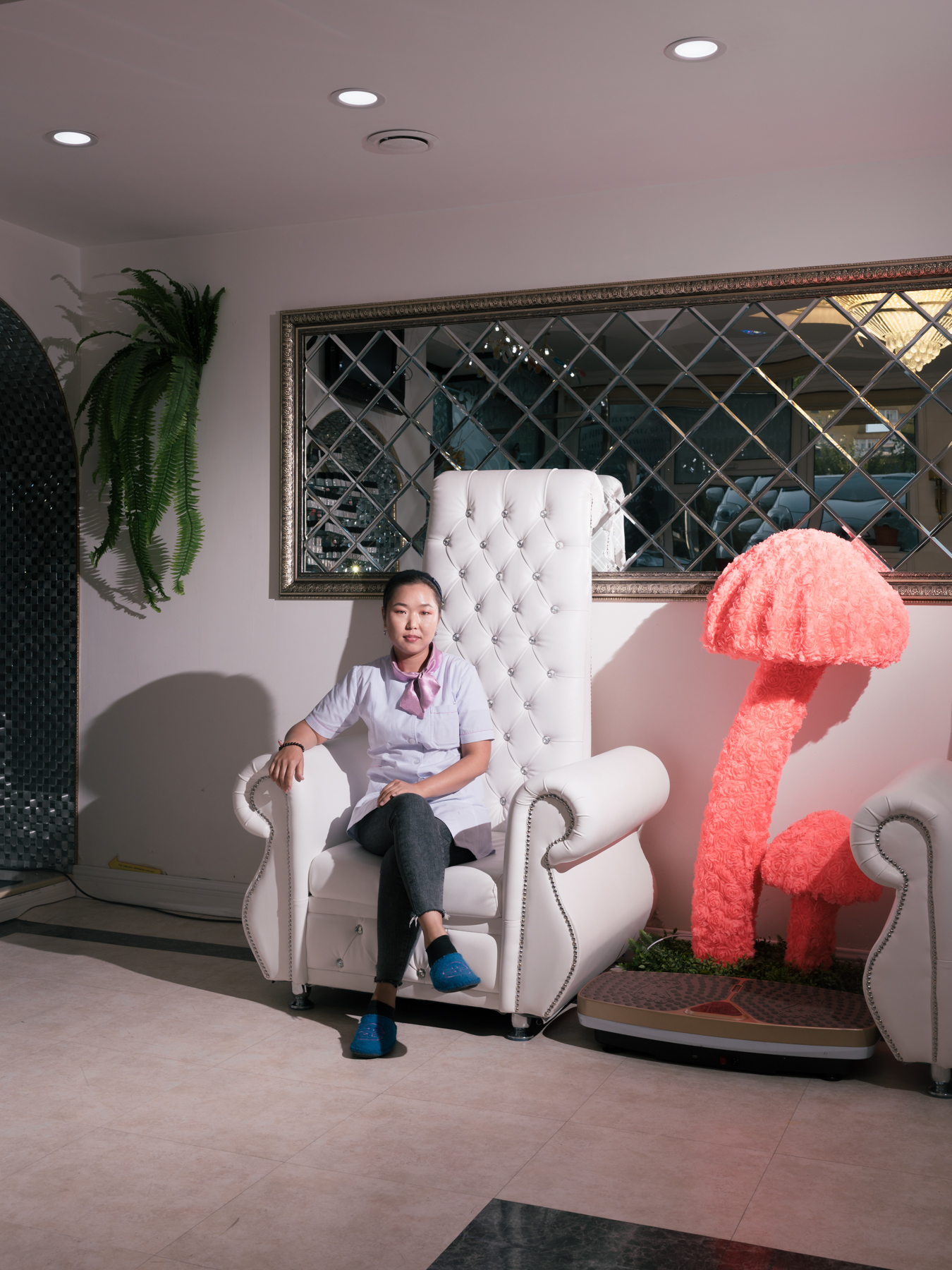
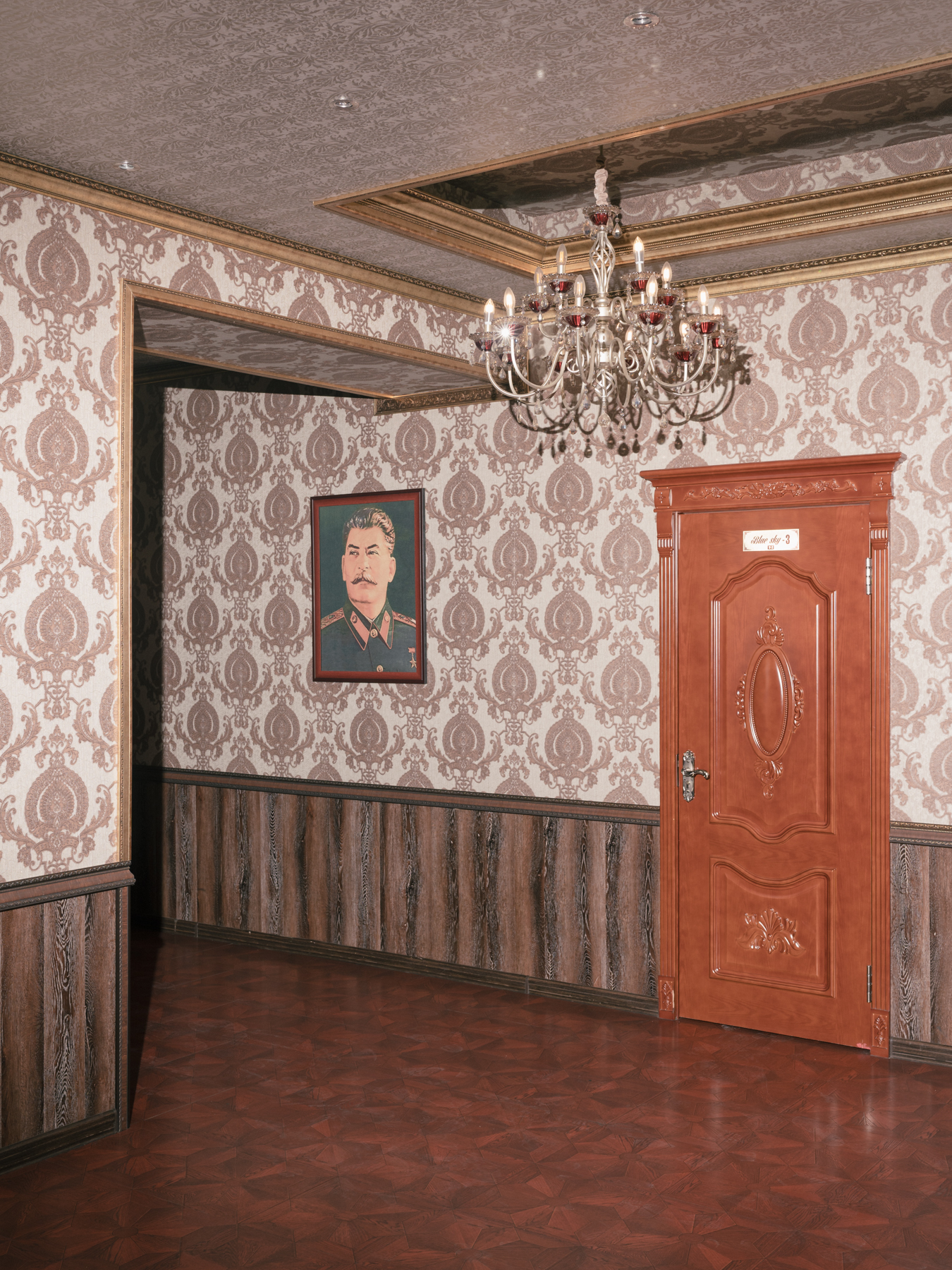

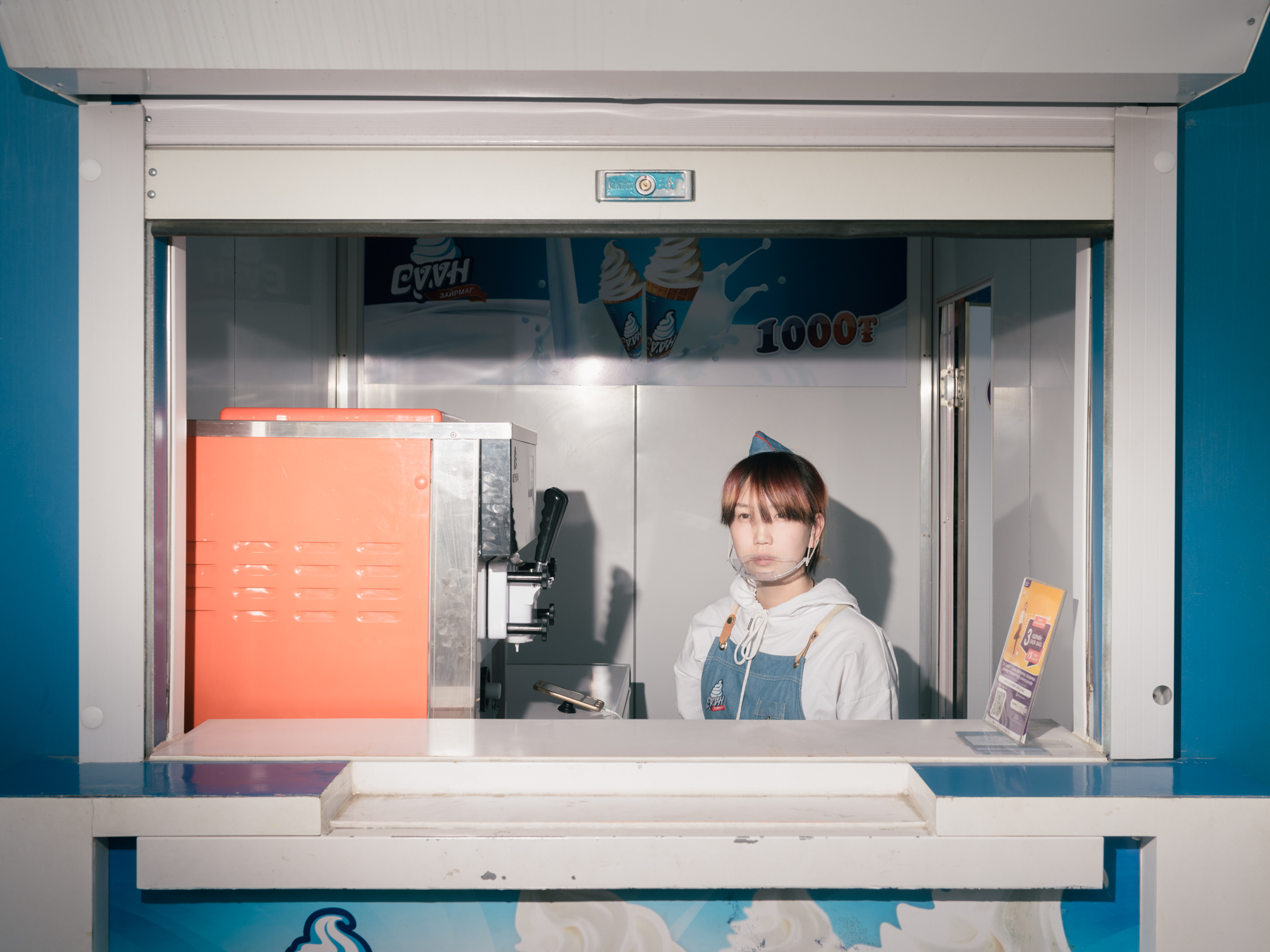
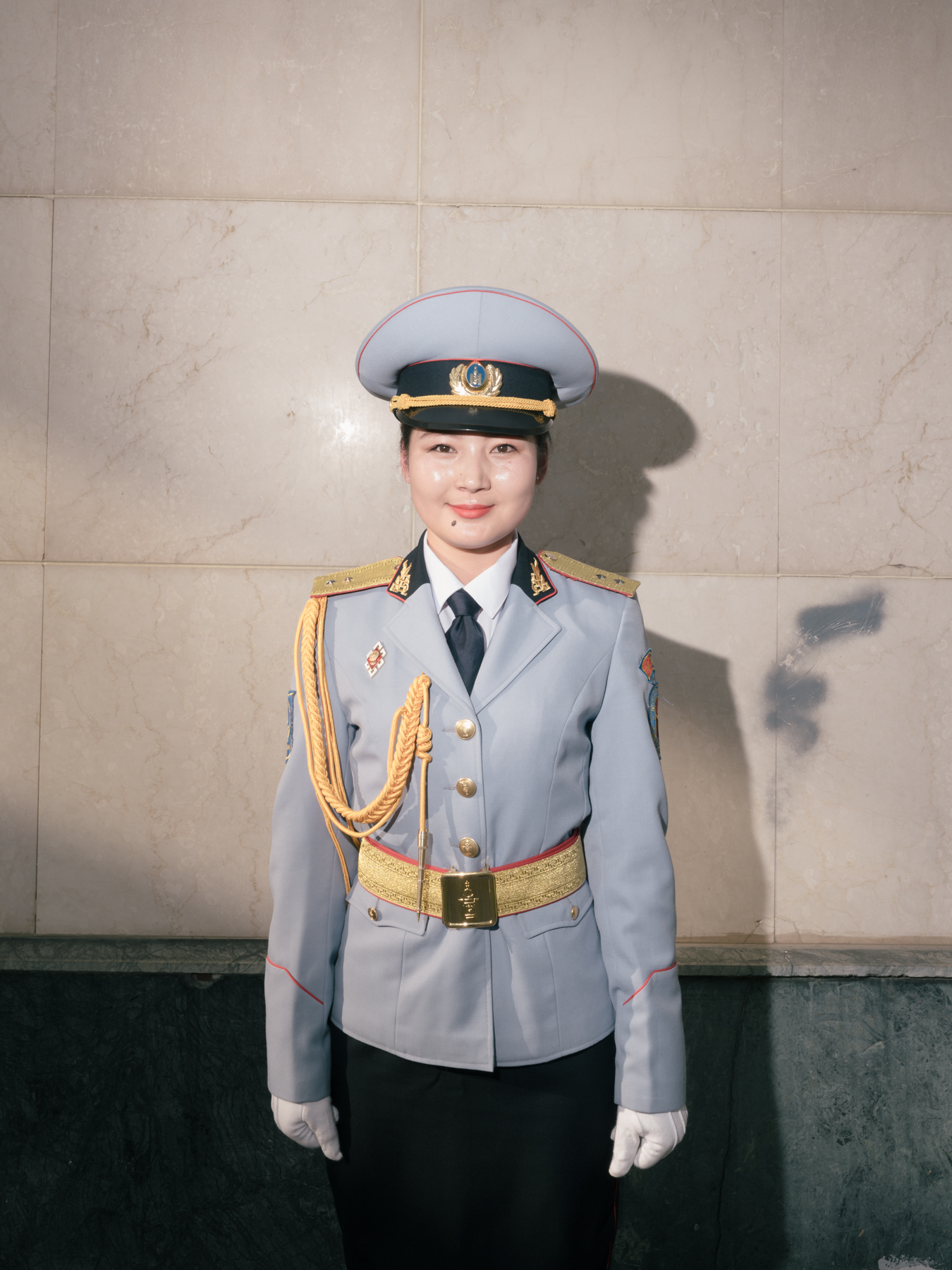









Hero by Arne Piepke, is a dissonant and
personal look at Mongolia’s Capital, a place that at the same time
repels and attracts him. How do you deal with the exotic as a foreigner? Places of human
interaction, culture and history served as stages for his visual approach in
order to overthink the stereotyps of Monoglia and to enable a different and
unfamiliar look at the city.
On the Outskirts - Maximilian Mann
Today, 60 percent of all inhabitants of Ulaanbaatar live in the suburbs, many of them still in yurts. Poor hygienic conditions, a lack of drinking water systems and precarious medical care are characteristic of these residential areas. For Max, the yurt quarters form a transition between country and city, between nomadic and urban life.
Today, 60 percent of all inhabitants of Ulaanbaatar live in the suburbs, many of them still in yurts. Poor hygienic conditions, a lack of drinking water systems and precarious medical care are characteristic of these residential areas. For Max, the yurt quarters form a transition between country and city, between nomadic and urban life.

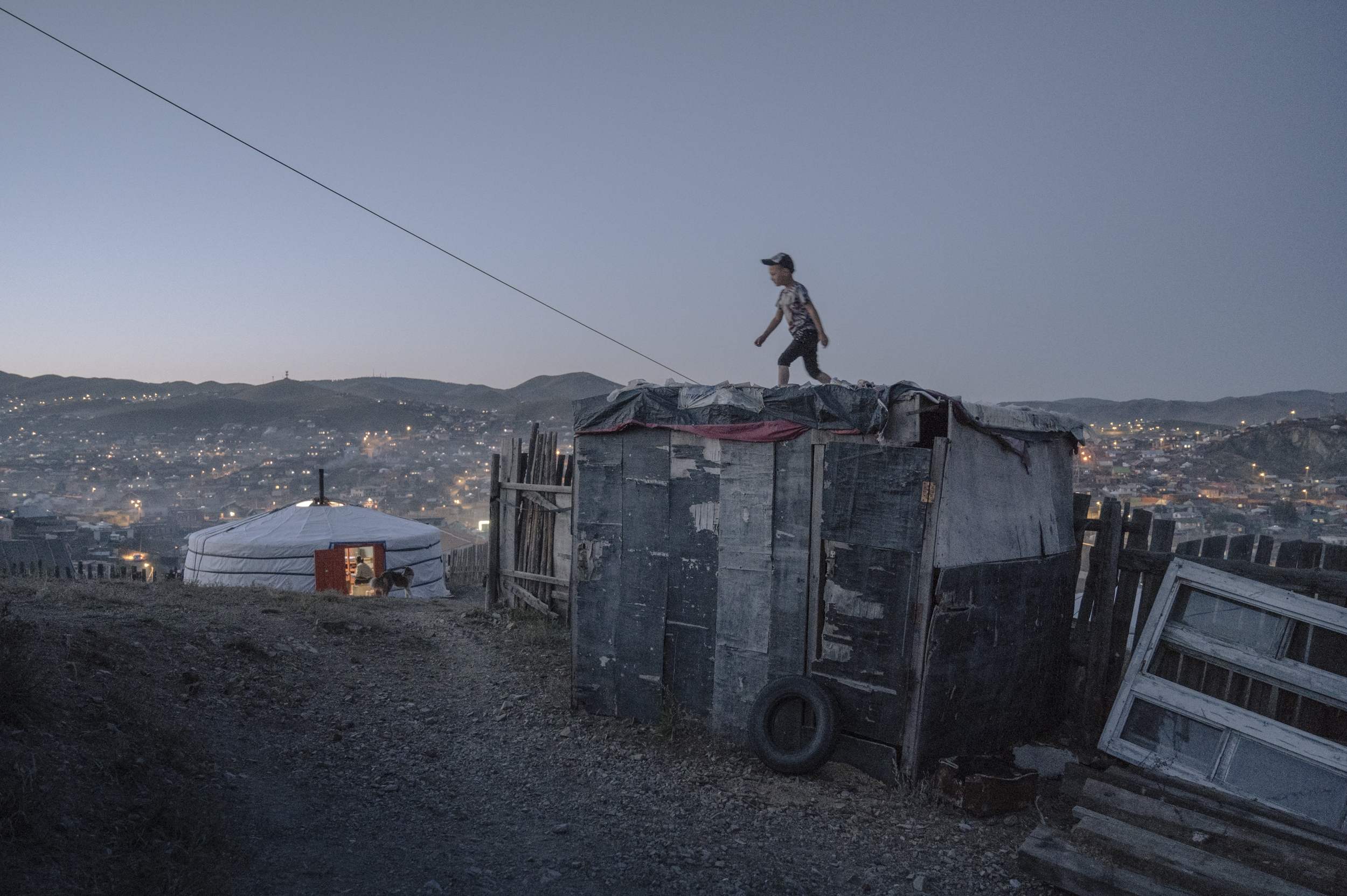
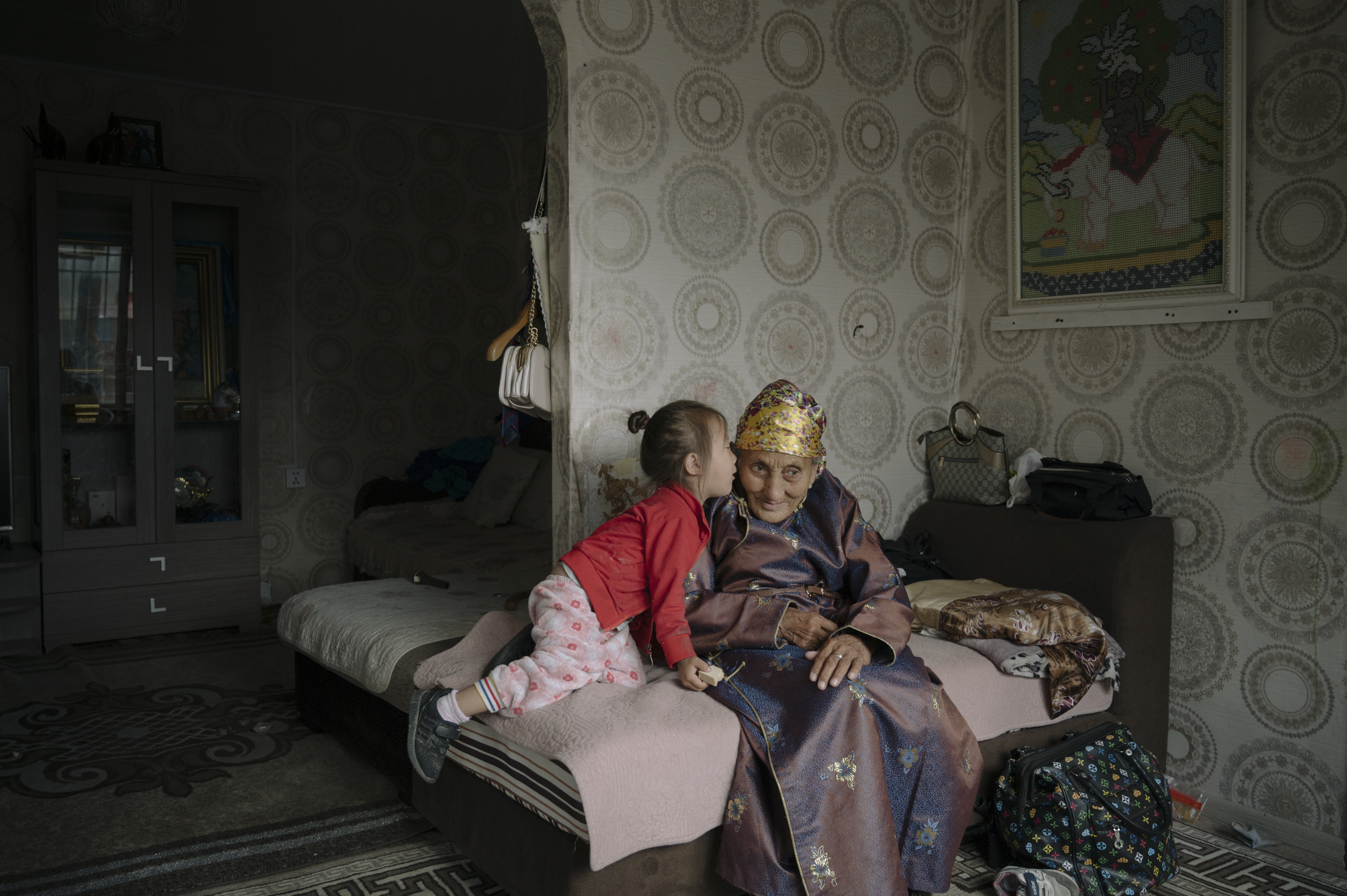

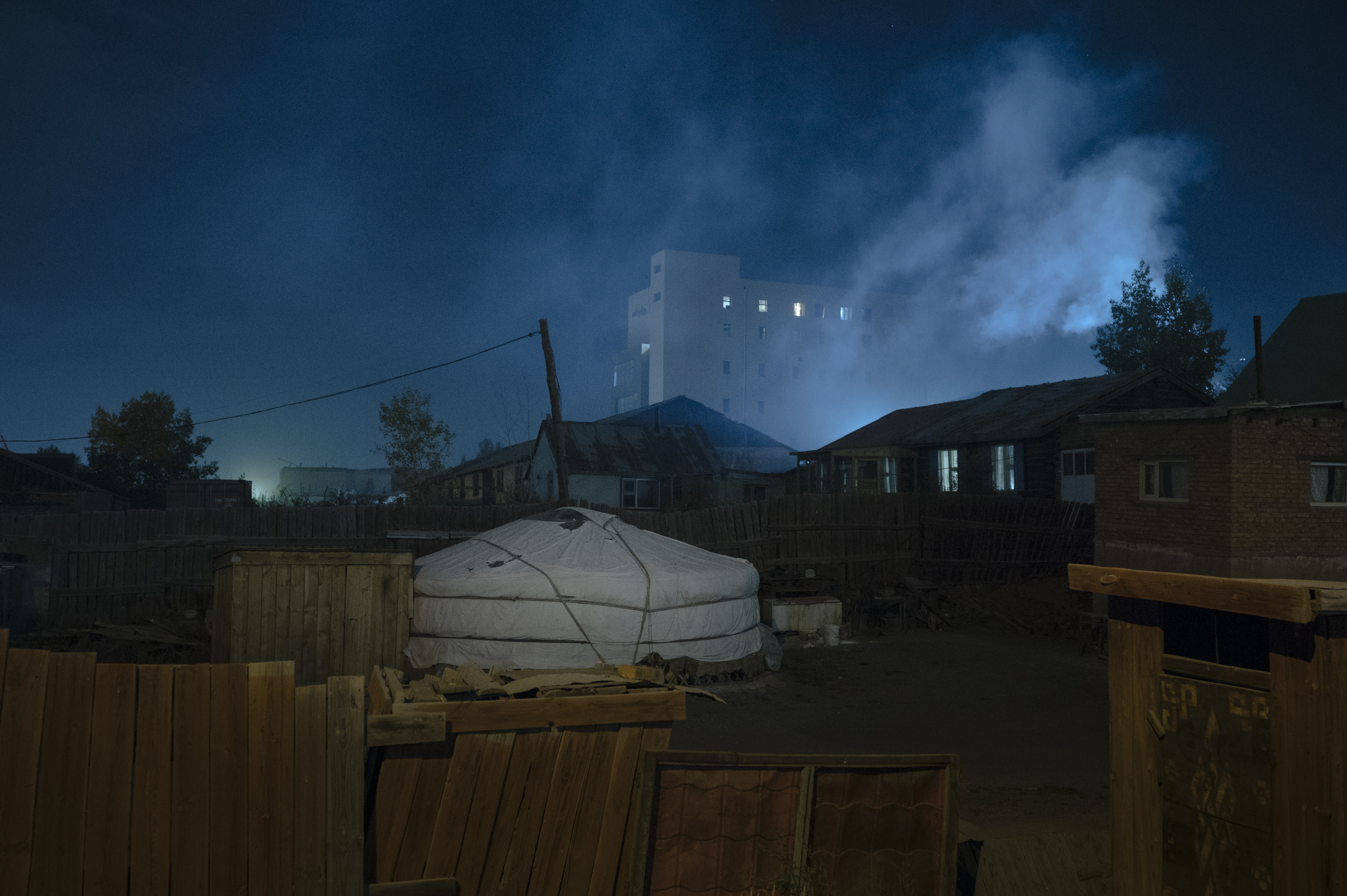
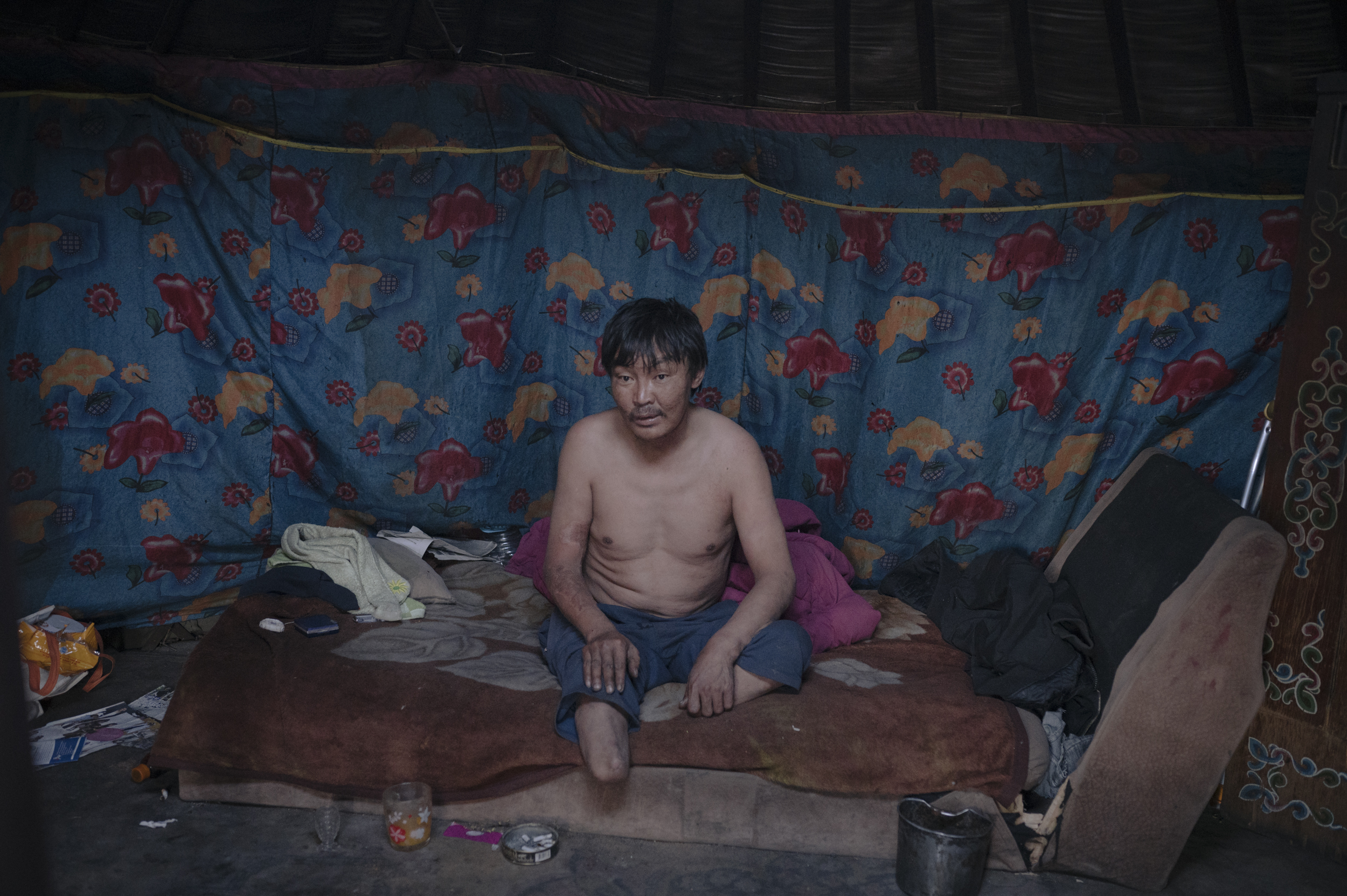





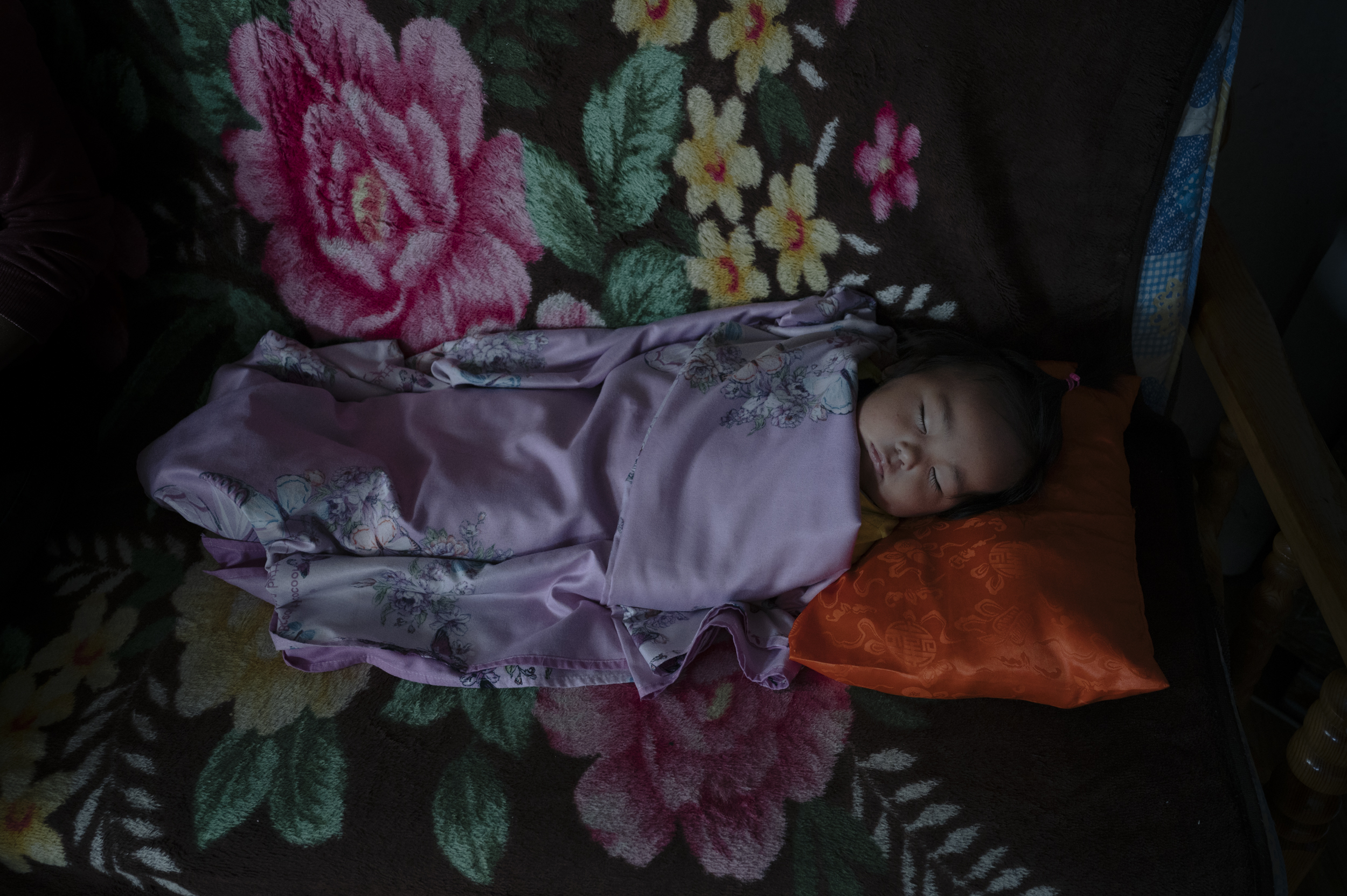






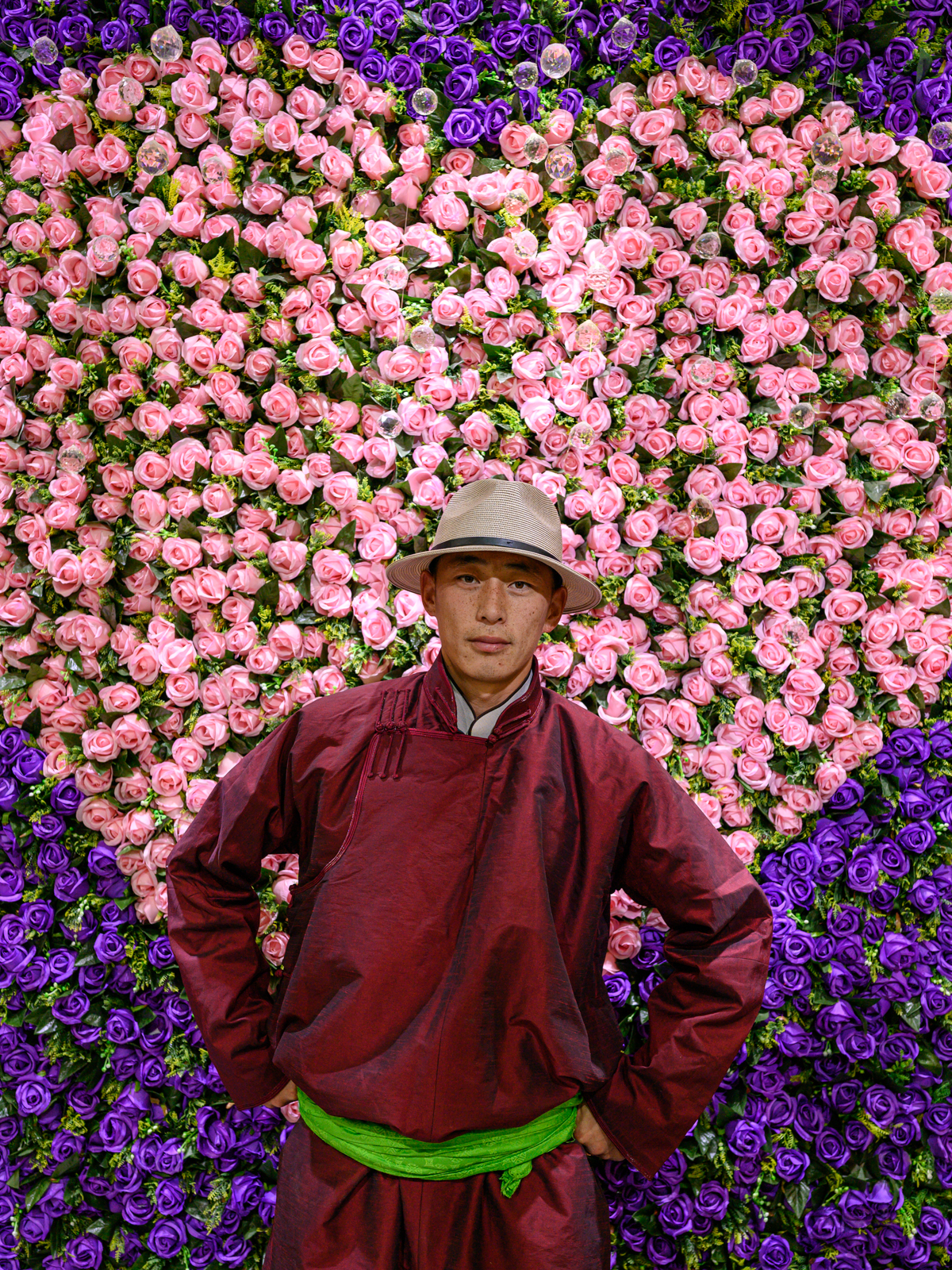

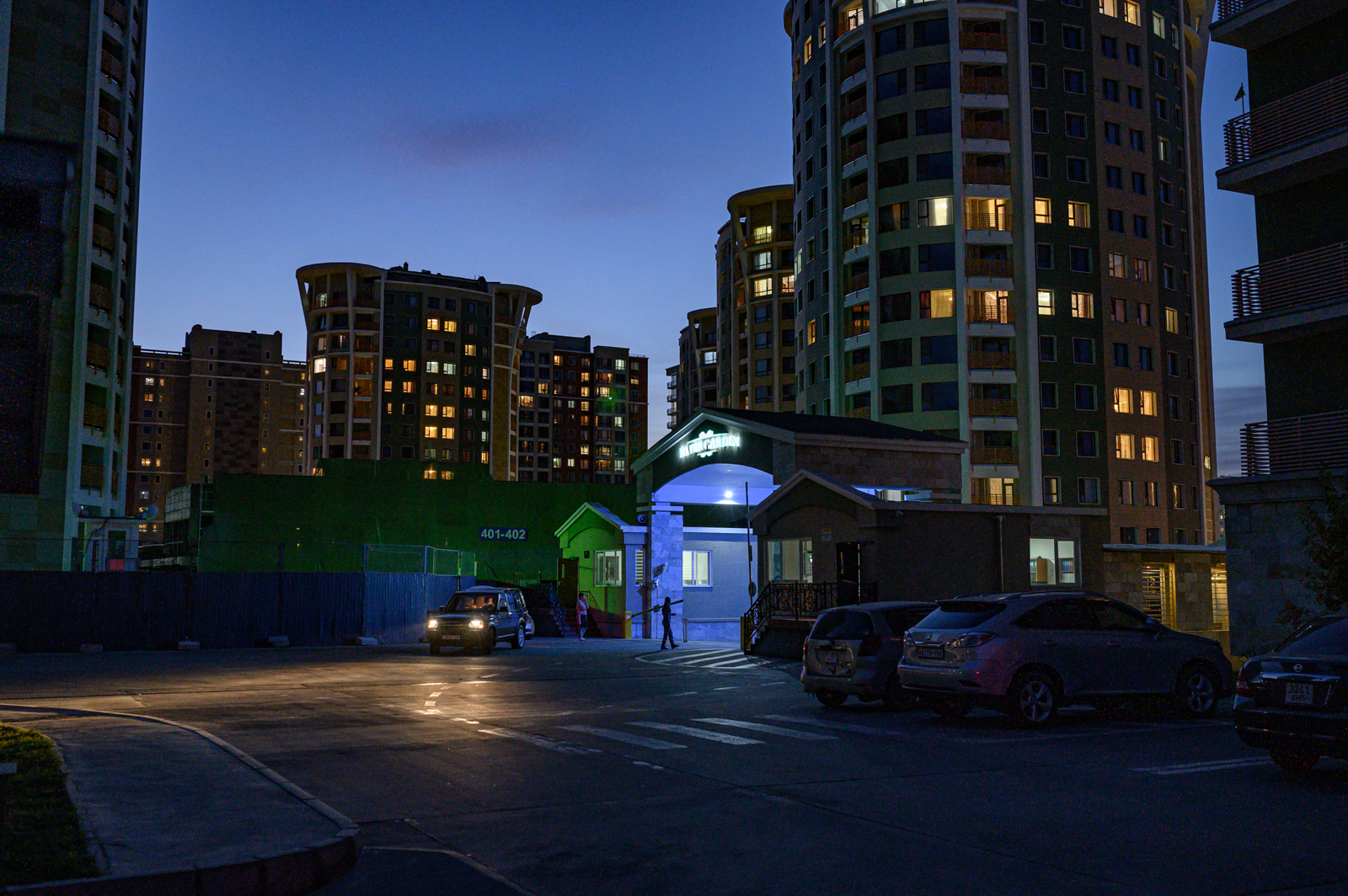
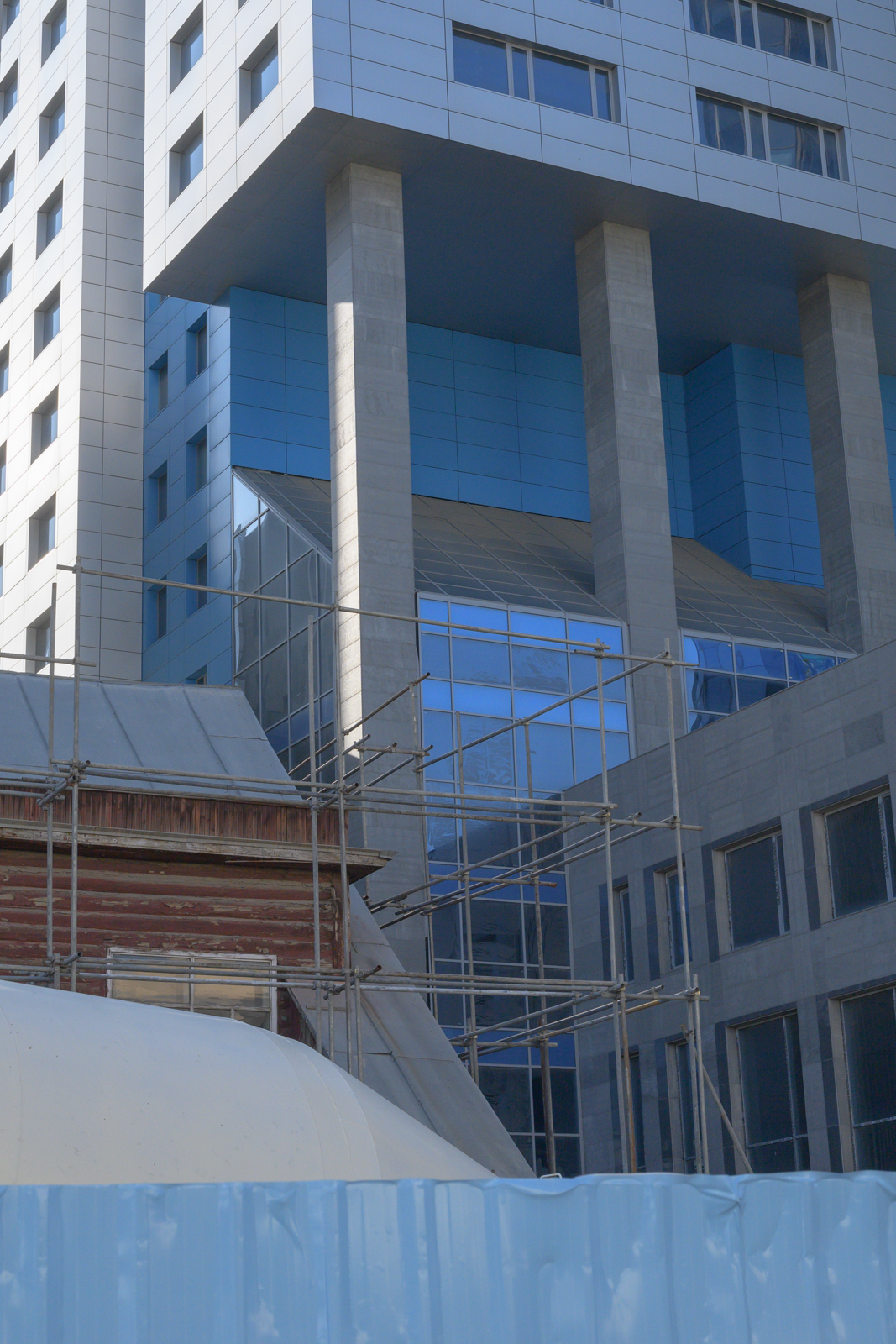


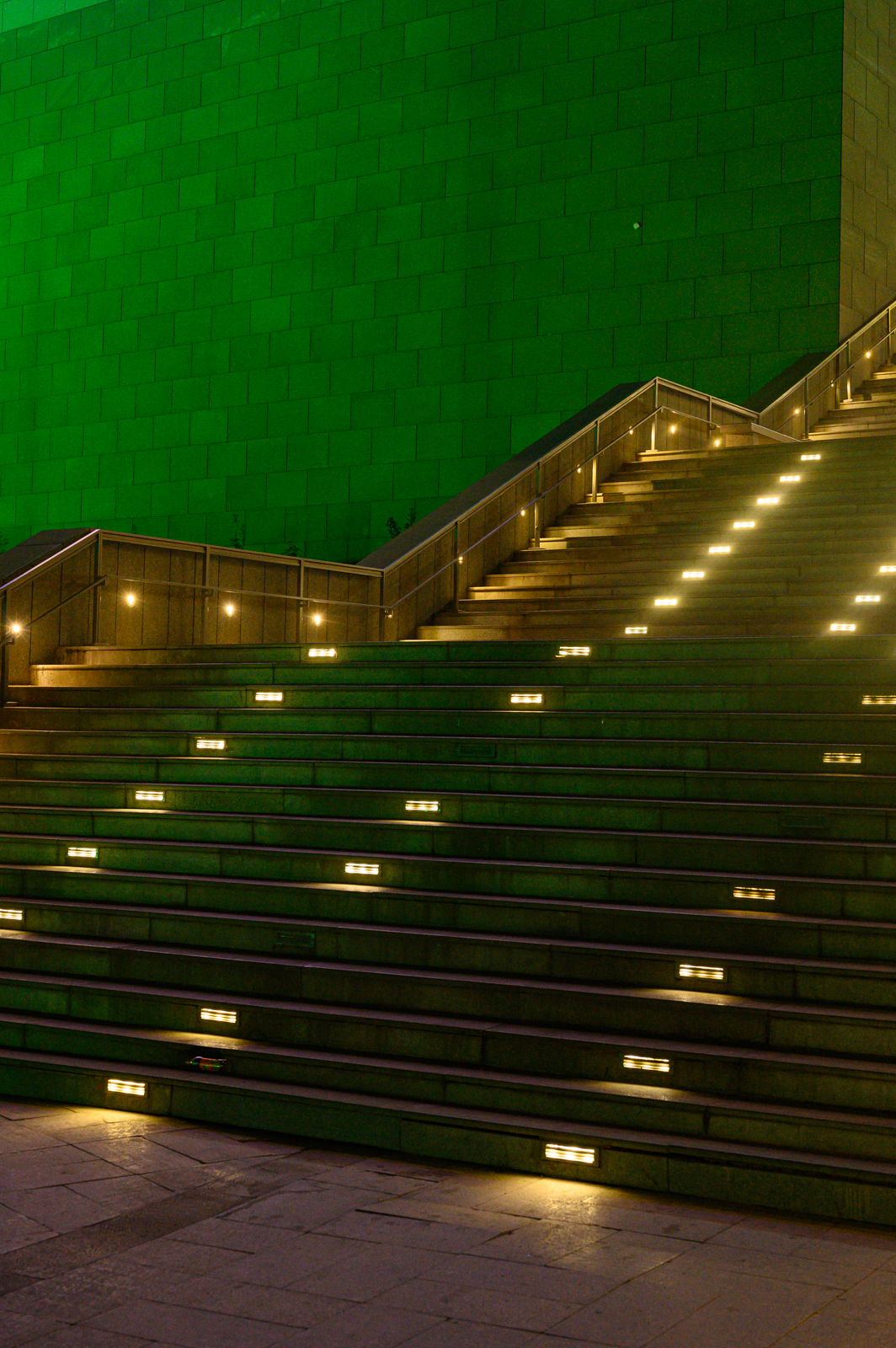
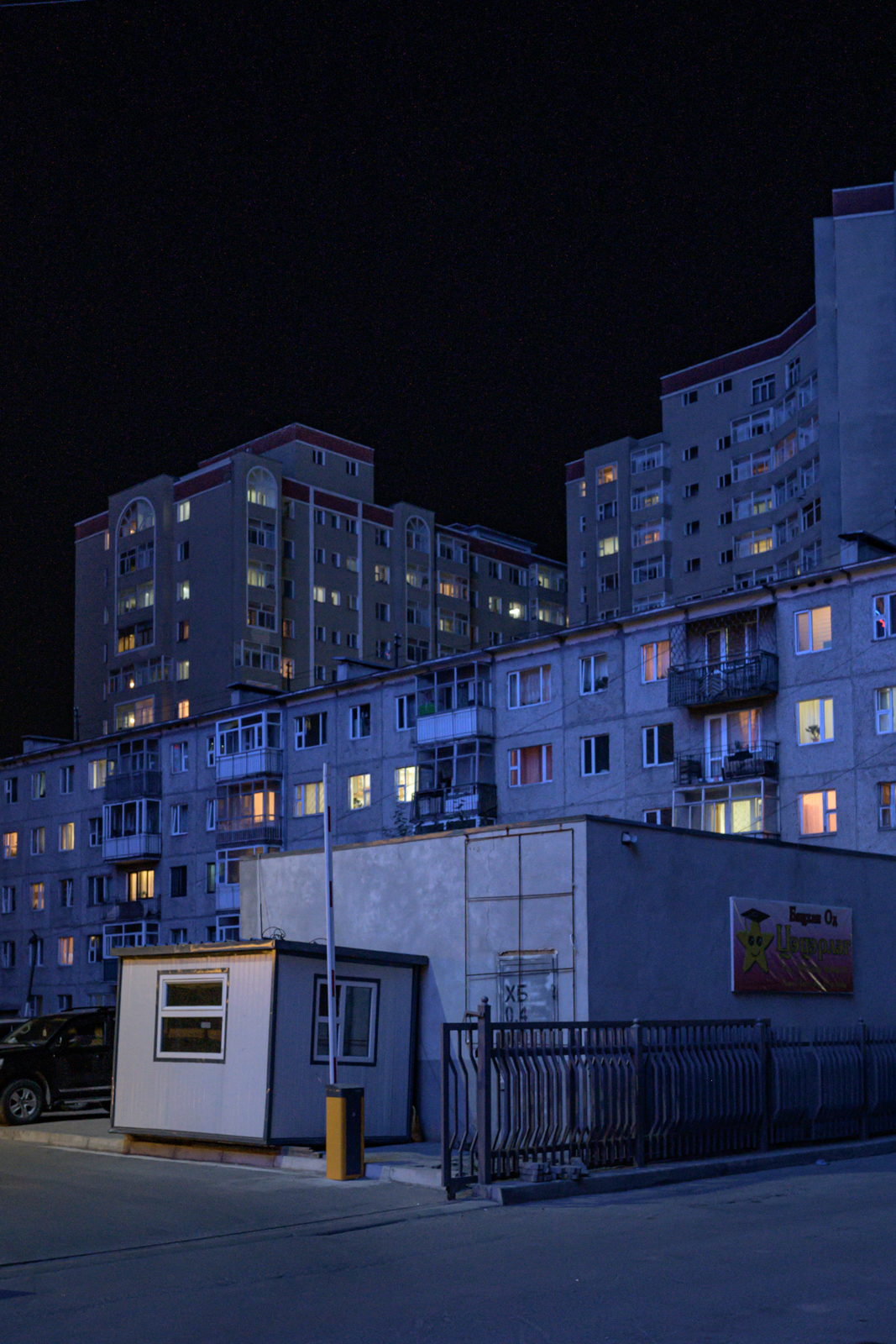
The work State of Change by Fabian Ritter shows various scenes of the urbanization of Ulaanbaatar in September 2019: Elements from the past as well as Buddhist tradition meet the new, Western-oriented influences, which seem to be growing more and more. Influenced by numerous foreign investment funds and government measures, the capital of Mongolia resembles a huge construction site in many places: a found intermediate state, the finalization of which is abstractly
appears.
appears.
Falcons - Ingmar Björn Nolting
With the democratic awakening and the introduction of a free market economy in the early 1990s, parts of American culture found their way into the Mongolian capital. Motorcycles, which were exclusively commercial vehicles during the socialist era, became a leisure activity and a symbol of freedom and prosperity. The first motorcycle club was founded in 1994 - today there are an estimated 600 bikers.
With the democratic awakening and the introduction of a free market economy in the early 1990s, parts of American culture found their way into the Mongolian capital. Motorcycles, which were exclusively commercial vehicles during the socialist era, became a leisure activity and a symbol of freedom and prosperity. The first motorcycle club was founded in 1994 - today there are an estimated 600 bikers.

